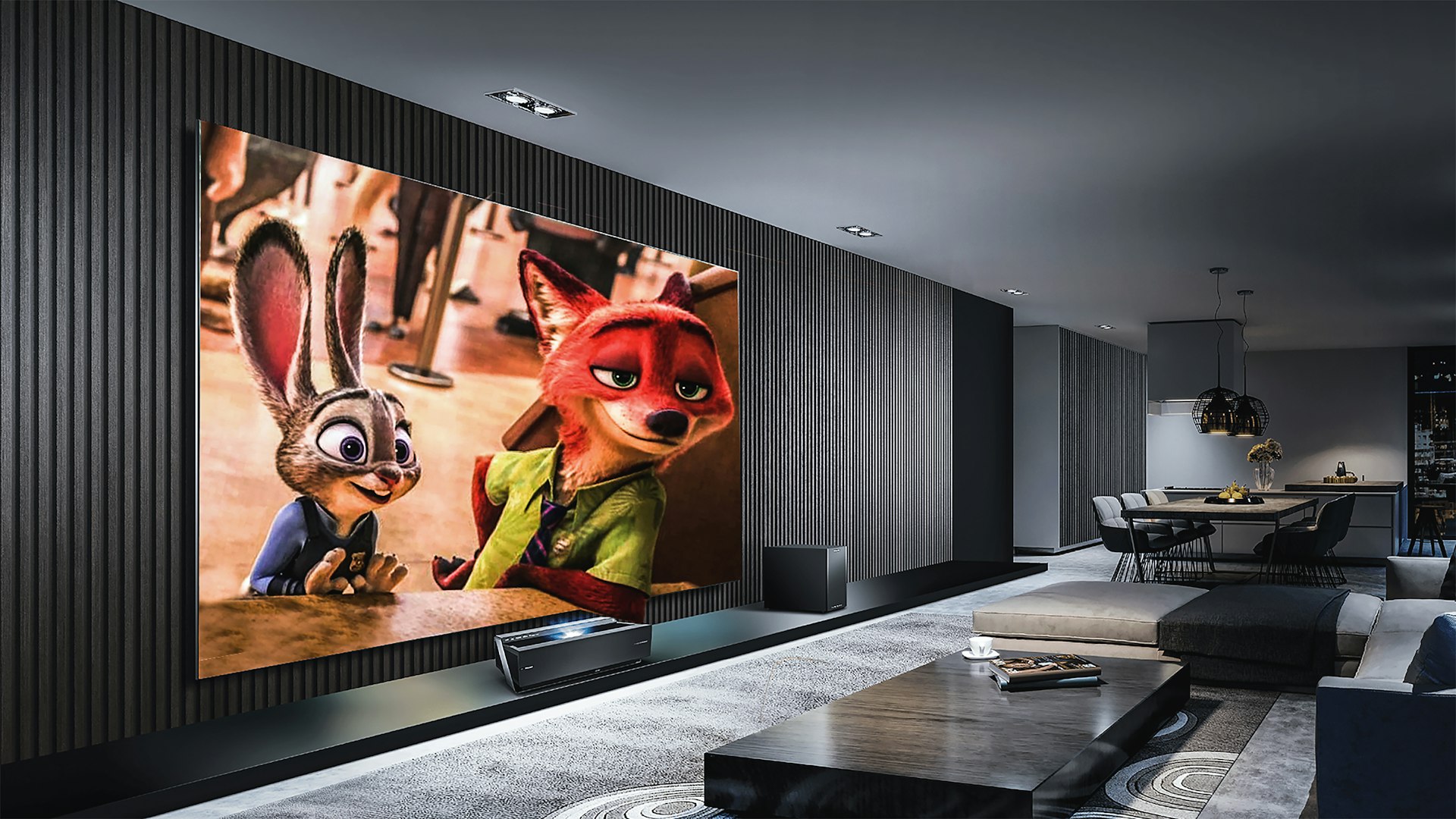Unlocking Career Opportunities in Augmented Reality Design: Your Comprehensive Guide

Photo by Yazid N on Unsplash
Introduction to Augmented Reality Design Careers
Augmented reality (AR) is revolutionizing how we interact with digital content by blending it with the real world. With exponential growth in applications spanning gaming, healthcare, education, retail, and industrial design, AR design has emerged as one of the most promising career paths in technology. As companies continue to invest in immersive experiences, the demand for skilled AR designers and related professionals is on the rise, creating substantial opportunities for both newcomers and seasoned experts. [2]
Key Roles and Career Paths in AR Design
Augmented reality design encompasses a wide spectrum of roles, each requiring a unique blend of artistic, technical, and strategic skills. The most common career paths include:
- AR Designer : Creates interactive experiences and digital overlays by blending 3D design with real-world environments. AR designers work closely with developers and product managers to ensure seamless integration and usability. [2]
- XR Designer : Specializes in both augmented and virtual reality, focusing on user experience (UX) and interface design for immersive platforms. [3]
- XR Developer : Develops the actual software that powers AR experiences, often requiring expertise in programming languages and platforms such as Unity, Unreal Engine, and ARKit. [3]
- AR Project Manager : Oversees the planning, execution, and delivery of AR projects, coordinating teams and ensuring milestones are met. [3]
- AR Technician : Responsible for hardware setup, troubleshooting, and technical support for AR systems across various industries. [3]
Industry Demand and Job Outlook
According to recent reports, there are currently over 21,800 open AR designer positions in the United States, with the field expected to grow by 23% from 2021 to 2031. [2] This growth rate far exceeds that of many other technology sectors, highlighting AR design as a future-proof career choice.

Photo by Hammer & Tusk on Unsplash
Industries hiring AR professionals include:
- Technology firms and AR development companies
- Advertising agencies
- Healthcare providers
- Entertainment and gaming studios
- Educational institutions
- Retail and e-commerce businesses
Major employers in this sector include Meta Reality Labs, Electronic Arts, and specialized AR development agencies. [1] Job postings are widely available on established platforms such as Indeed and ZipRecruiter , featuring roles ranging from entry-level to senior positions. [4]
Essential Skills for AR Design Professionals
To succeed in augmented reality design, candidates should develop proficiency in the following areas:
- 3D Design : Mastery of modeling, animation, and rendering tools such as Blender, Maya, or 3ds Max. [2]
- Mobile UI/UX : The ability to create intuitive interfaces and seamless user experiences on smartphones and tablets. [2]
- AR Toolkits : Familiarity with development kits and frameworks like ARCore, ARKit, and Unity, which facilitate the integration of digital content. [2]
- User Testing : Competence in evaluating software with real users, gathering feedback, and refining experiences based on usability data. [2]
- Programming : Knowledge of languages such as C#, JavaScript, or Python is often required for development roles. [3]
While a bachelor’s degree in computer science, design, or related fields is preferred by many employers, it is possible to enter the AR design field through self-directed learning, bootcamps, or portfolio development. [2]
How to Start Your Career in Augmented Reality Design
Launching a career in AR design involves several actionable steps:
- Learn the Fundamentals : Begin with online courses, workshops, or bootcamps that cover 3D modeling, AR development, and UI/UX design. Accredited platforms like Coursera offer specialized tracks in augmented reality careers. [3]
- Build a Portfolio : Create sample AR projects showcasing your ability to design interactive experiences. Include case studies, prototypes, and documentation to demonstrate your process and results.
- Gain Practical Experience : Seek internships, freelance projects, or entry-level roles with AR development firms, advertising agencies, or tech startups. Job boards such as Indeed and ZipRecruiter regularly list openings for AR designers and related positions. [4]
- Network with Industry Professionals : Attend AR conferences, webinars, and meetups to connect with peers and potential employers. LinkedIn is a valuable resource for joining AR-focused groups and following companies active in the field.
- Stay Current : Keep up with the latest technologies, platforms, and design trends by subscribing to AR industry publications and engaging with thought leaders.
Compensation and Benefits
Salaries for AR designers and related professionals vary based on location, experience, and specialization. Entry-level roles may start around $58,000 per year, while experienced designers and developers can earn up to $220,000 annually in high-demand markets. [4] Benefits typically include health insurance, paid time off, 401(k) matching, and opportunities for remote work. [1]
Job seekers can search for specific salary information and benefits packages on employer websites or verified job boards. Always review job descriptions and company profiles for up-to-date details.
Potential Challenges and Solutions
The AR design field is competitive and constantly evolving. Common challenges include rapidly changing technology, the need for continuous learning, and the complexity of integrating AR experiences across multiple platforms. To overcome these hurdles:
- Pursue ongoing education through online courses and certifications.
- Collaborate with multidisciplinary teams to broaden your skill set and adapt to new requirements.
- Focus on user-centered design to ensure your AR experiences are accessible and engaging.
- Utilize open-source resources and community forums for technical support and inspiration.
Alternative Pathways and Transferable Skills
If you are transitioning from fields such as graphic design, web development, or gaming, many of your existing skills are directly applicable to AR design. Consider leveraging your expertise in visual communication, coding, or project management to enhance your value in the AR job market.
For those without a technical background, entry-level AR design roles may be available through self-study, online bootcamps, or apprenticeships. Focus on building a strong portfolio and gaining hands-on experience with AR tools and platforms.
Step-by-Step Guidance for Job Seekers
Here’s how you can get started:
- Research AR design roles on verified job portals such as Indeed and ZipRecruiter .
- Identify companies active in AR development and review their career pages for open positions.
- Prepare a tailored resume highlighting your relevant skills, education, and portfolio projects.
- Apply for positions directly through company websites or trusted job boards.
- Consider contacting professional associations or industry groups for mentorship and networking.
Summary and Key Takeaways
Augmented reality design offers a wealth of career opportunities with strong job growth, competitive salaries, and the chance to shape the next generation of digital experiences. By developing essential technical and creative skills, building a robust portfolio, and staying connected with industry trends, you can successfully launch or advance your career in this innovative field. Job openings are readily available through verified platforms, and alternative pathways exist for candidates from diverse backgrounds.



